Top 100 Courses in the World: GOLF’s 2020-21 ranking of the best golf courses on the planet

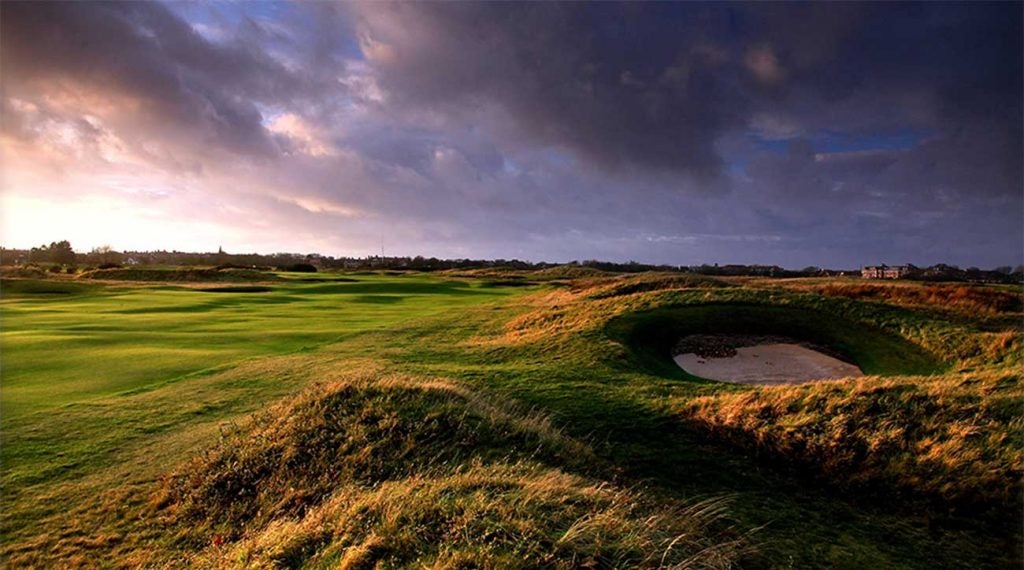
Lytham St. Annes, England George Low Jr., 1897
Roughly 200 bunkers menace this rugged links that has hosted Open Championships since 1926. One of those bunkers, in the left-center of the 18th fairway, cost Adam Scott the 2012 Open. There are no views of the sea here, but the wind and vegetation shout “seaside.” Few mastered Lytham like Spaniard Seve Ballesteros, who won here in 1979 and 1988. (No change)
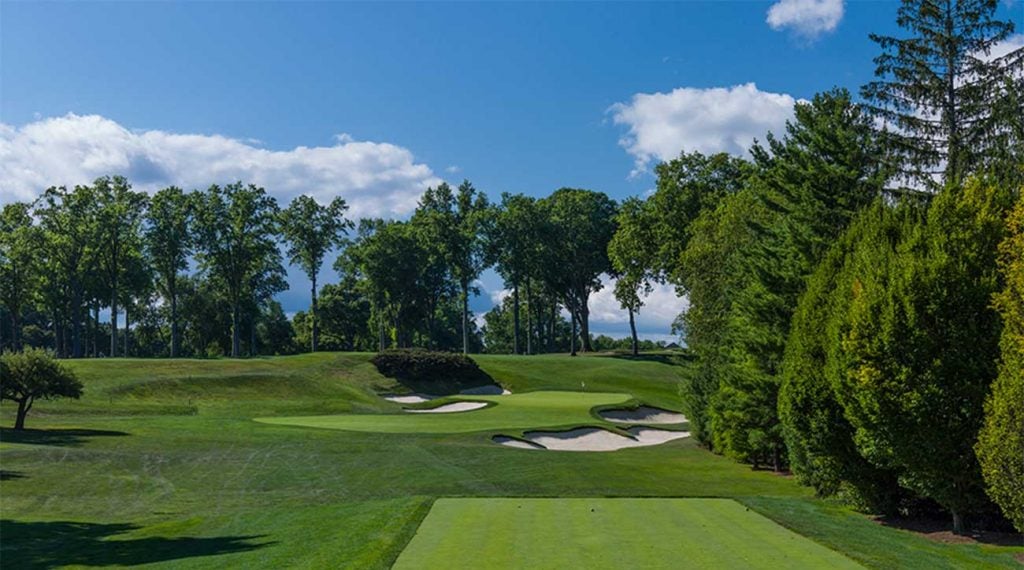
Mamaroneck, NY A.W. Tillinghast, 1923
Neither as long nor as tough as its illustrious West sibling, the East course is no stranger to big-time events. It witnessed Roberto DeVicenzo claim the very first U.S. Senior Open here in 1980. A 2015 restoration by Gil Hanse returned many of the most ingenious green contours that had been lost or changed over time, especially around the perimeters. The tie in from the fairways to the front of the greens is first rate as well. (Up 21)
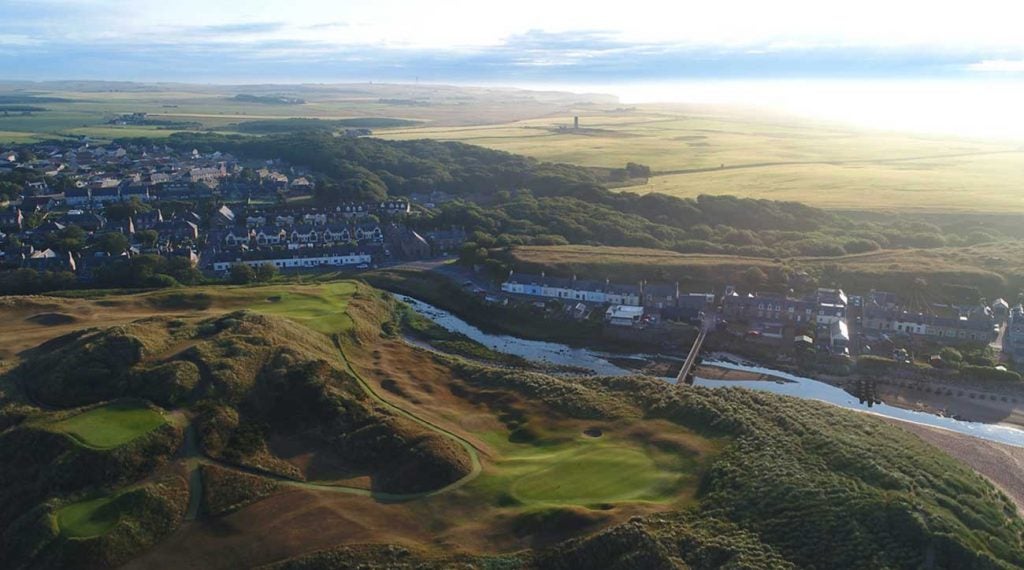
Cruden Bay, Scotland Tom Simpson, 1926
This cult classic is a personal favorite of both Pete Dye and Tom Doak. Situated 23 miles north of Aberdeen, Cruden Bay offers many novel features, including the par-4 14th, with its funnel-shaped bathtub green and the dramatic par-3 4th, which overlooks the Water of Cruden and the fishing village of Port Erroll. (Up 14)
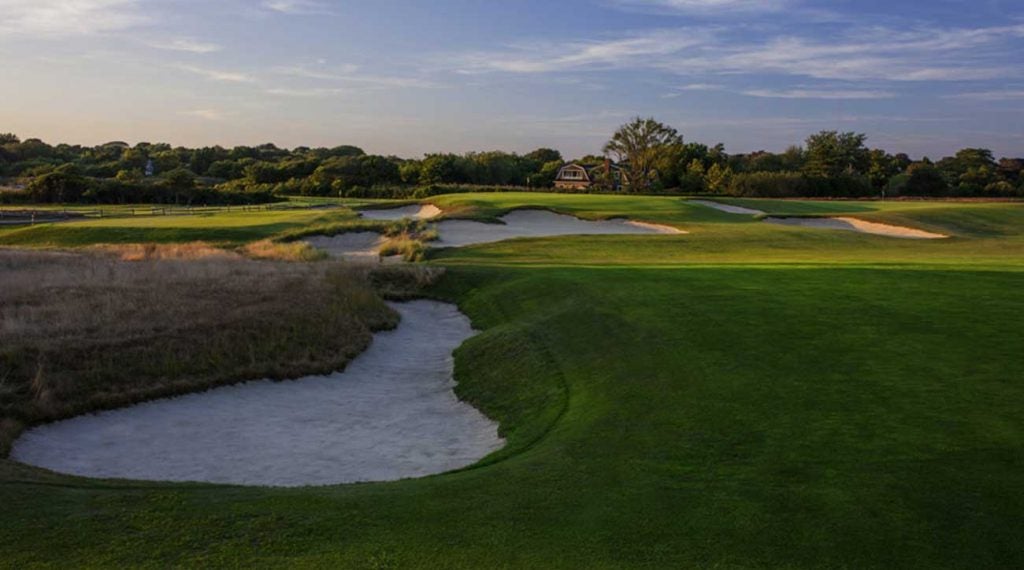
East Hampton, NY Willie Park Jr., 1891
One of the nation's oldest and most prestigious clubs has offered golf since 1891. Its current layout is a Willie Park Jr. design (with help from brother John) that dates to 1924. Recently restored by Coore & Crenshaw, Maidstone's glorious edge-of-the-Atlantic location is once again fully evident. So too are Park’s exceptional greens, many of which feature dramatic false fronts. The east end of Long Island is a brutal address for a golf course seeking attention but Maidstone enjoys more coastal advantages than its illustrious neighbors. A good driver can flourish here. (Up 6)
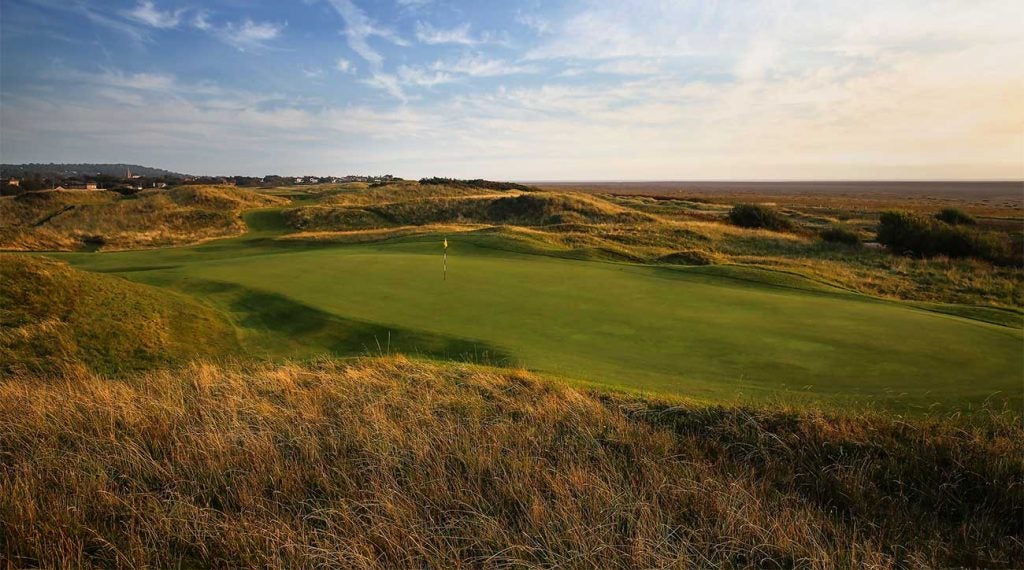
Hoylake, England George Morris, 1869
“Hoylake,” as it's popularly known, hosted its 12th Open Championship in 2014. It's not a pretty course in the conventional sense, as there are no lighthouses, mountains or wild majestic undulations. Its fairways are flat, its vistas bleak. There's internal out-of-bounds all over the lot. Yet, when the wind is up, it's one of the game’s fiercest links, one that requires supreme shotmaking, as Tiger’s Open win here proved in 2006. (Up 19)
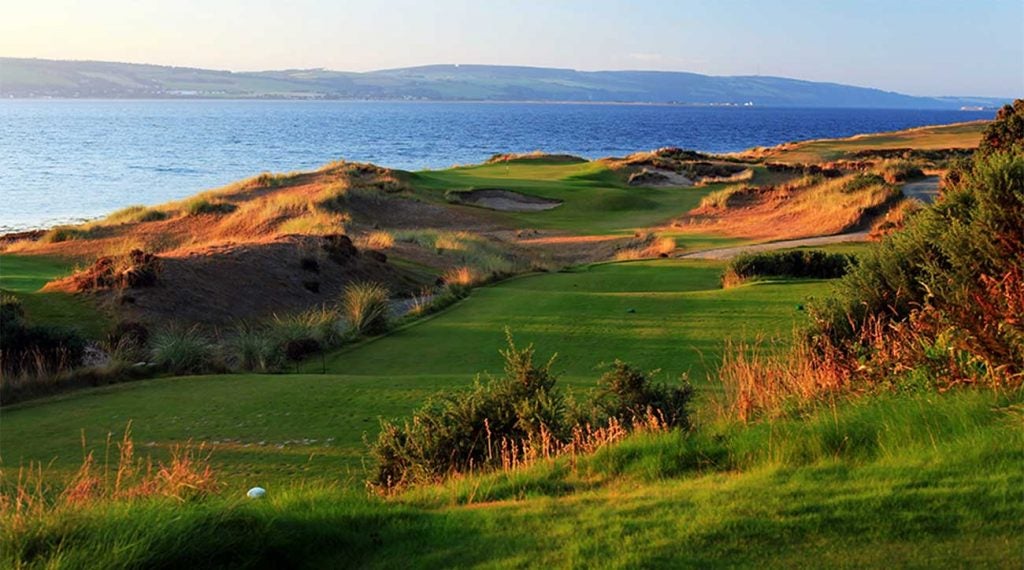
Inverness, Scotland Gil Hanse/Mark Parsinen, 2009
GOLF Magazine's Top New International Course of 2009 has maintained its early lofty results thanks to a brilliant Gil Hanse/Mark Parsinen design that was effusively praised by Phil Mickelson — and that was before he won the 2013 Scottish Open here. Highlights include wide fairways, wild and woolly bunkers and panoramic views of Moray Firth and the Scottish Highlands. (Up 5)
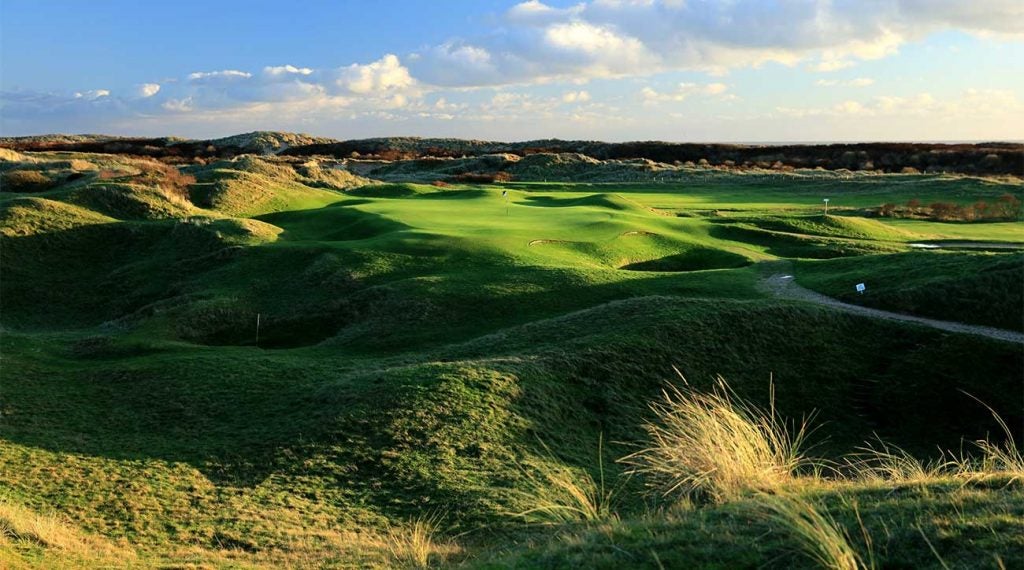
Camber, England H.S. Colt, 1895/Tom Simpson/Herbert Tippet/Guy Campbell, 1907
The opener is the easiest hole (and the course’s only three-shotter) and then … hold on! What follows are 12 par-4s, 10 (!) of which measure more than 420 yards, and a famously diabolical group of five par-3s that have this 6,503-yard course weighing in yard for yard as one of the most difficult on our list. The fact that you can walk it in two and half hours makes you question the merit of courses that are so much longer. (New)
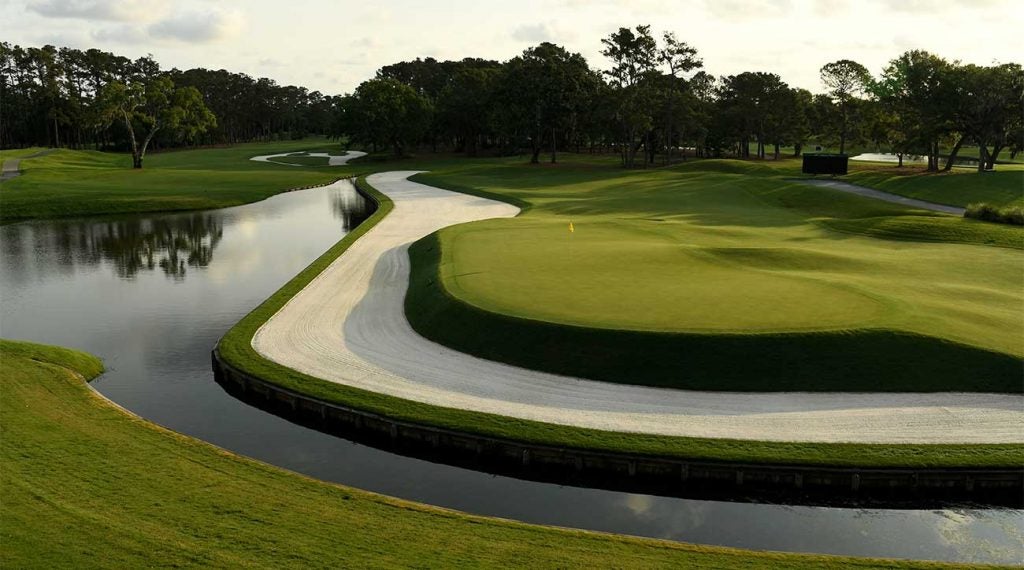
Ponte Vedra Beach, FL Pete Dye, 1981
Site of the Players Championship since 1982, Pete Dye's imaginatively-designed and occasionally terror-inducing design has crowned winners such as Tiger Woods and Phil Mickelson. One of the wildest finishes took place in 2013, when Sergio Garcia, tied with Woods, splashed two tee shots at the infamous island-green 17th. Some sniff at its artificiality, yet for shotmaking options and memorable individual holes that require a blend of power and finesse, TPC Sawgrass has few peers. (Down 8)
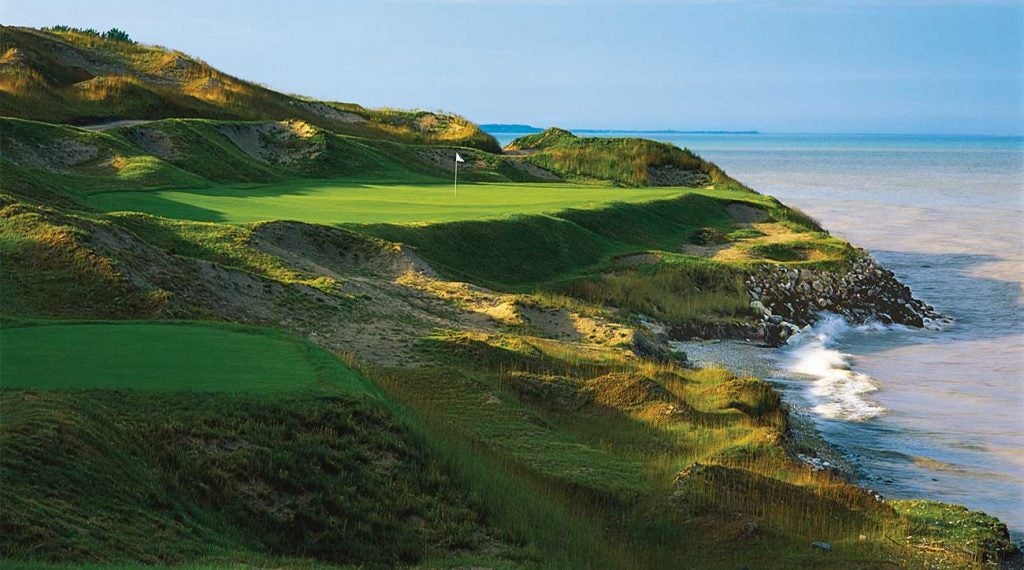
Haven, WI Pete Dye, 1998
Venue for three PGAs and the 2020 Ryder Cup, this 1998 Pete Dye design on Lake Michigan was the site of a military training base in World War II before becoming a toxic-waste dump. Dye and owner Herb Kohler moved three million cubic yards of dirt, trucked in 7,000 loads of sand to create the hills and bunkers and relocated the bluffs farther back from the shore. All Kohler told Dye was, “I want the course to look like it's in Ireland.” Mission accomplished. (Down 11)
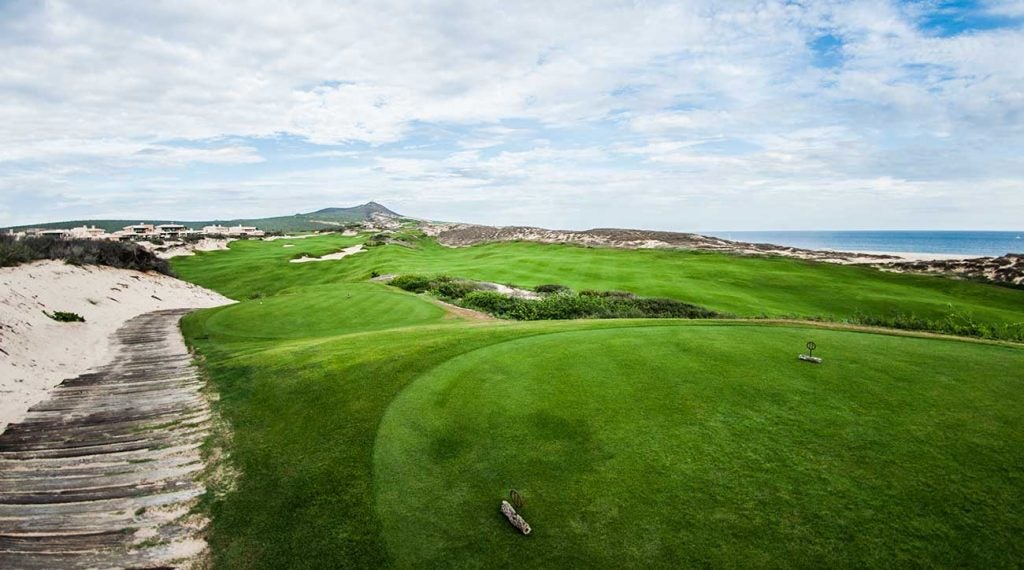
Cabo San Lucas, Mexico Davis Love III/Mark Love, 2010/Paul Cowley, 2016
Diamante’s free-form architecture rests gently on the land, and the absence of any hard lines let the golfer’s eye soak in the delightful contrast between the dazzling Pacific Ocean, the dunescape and the emerald playing surfaces. Its random green contours are noteworthy as is the construction technique that left micro-undulations in the fairways. Spectacular ocean views often come with the price of atrocious playing conditions but not here. (Down 34)

